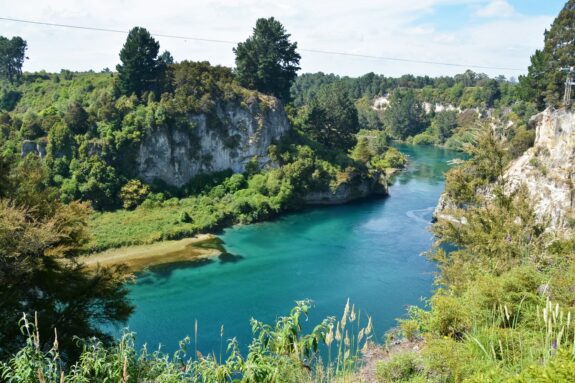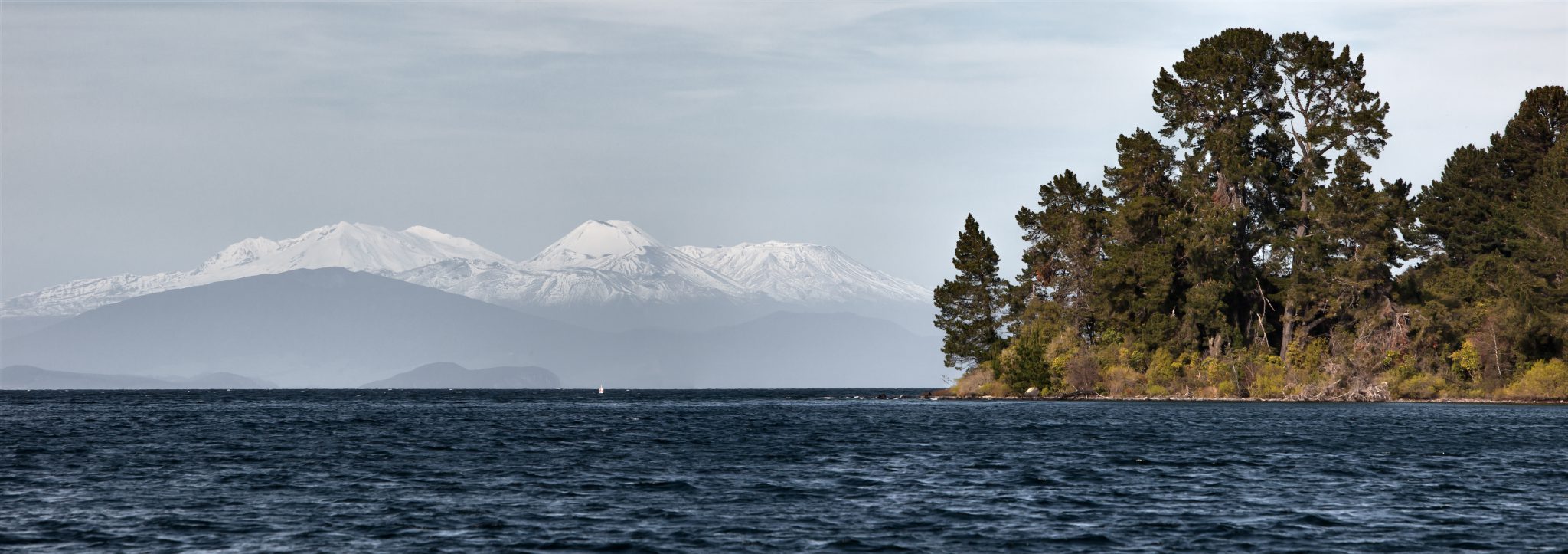
Taupo District Council media statement
Monday 17 January 2022
Calls for care on Waikato River float trips
The rise in popularity of river floats on the Waikato River at Taupō has sparked calls for people to be aware of the risks.
There are more drownings in rivers than any other environment in New Zealand and since the start of January there have been 15 drownings nationally including six river drownings.
One popular pastime in Taupō over summer is floating down the Waikato River from the lagoon area below Control Gates Bridge, past Cherry Island and Spa Park to Hipapatua Reserve (Reid’s Farm).
In the past kayakers and rafters would do the river float but the activity has grown more popular in recent years with the advent of cheap blow-up flotation devices. Record hot temperatures in Taupō since Christmas have meant hundreds of people daily have been tackling the adventure.
Taupō District Mayor David Trewavas said while it’s great to see people out enjoying themselves on the river, the trip is can be more hazardous than people expect.
“A float trip can be great fun but do check ahead so you know where the exits are, always wear a lifejacket and don’t combine drinking and floating,” Mr Trewavas said.
Fresh water is not as buoyant as sea water and the river has unpredictable currents that can catch even strong swimmers unawares. The river can change from season to season and the volume of flow can also change very quickly.
In several places there are also snags just below the surface and overhanging trees that can puncture a blow-up flotation device. Floaters must also stay well clear from the water below Taupō Bungy. If people miss the exits at Ōtumuheke (Spa Park) or Hipapatua, there are only a few places to get off the river before the current will drag floaters over Huka Falls. Ensure you look for the signs that point to where to get out.
Acting Lake Taupō Harbourmaster Jamie Grant said he was concerned about the number of people attempting the river float on blow-ups such as air beds without wearing a lifejacket. Alcohol consumption while people were floating was also a safety risk.
At the end of the float, some people were simply abandoning their flotation device and walking away, leaving it for others to clean up, Mr Grant said.
Tūwharetoa Māori Trust Board natural resources manager Peter Shepherd is concerned about the amount of rubbish being deposited in the river by people on float trips.
“We want our whānau and manuhiri to enjoy our awa and a healthy level of respect should be given to the river when doing so.
“Our visitors can easily help preserve and protect this precious taonga by firstly taking steps to not pollute it or the surrounding areas.”
Water Safety New Zealand says the biggest issue with river safety is that people underestimate the risk or believe there is no risk at all; and also overestimate their ability.
Advice for people attempting the Waikato River float is to make sure they know where they are going and where the exit points are, have a safe well-maintained flotation device and some way of steering it, wear well-fitting lifejackets, keep an eye out for each other and save the drinks for when they are safely off the river.
Water Safety New Zealand’s key water safety rules:
- Be prepared – Check the weather forecast and conditions; know the local environment, safe swimming spots; set rules for safe play; use safe and well-maintained equipment.
- Look out for yourself and others. Always supervise children around water and keep children under five years within arm’s reach; never swim alone. Swim between the flags at the beach and make sure everyone on board the boat is wearing a well-fitted lifejacket.
- Be aware of the dangers. The water will be cold. If it’s a surf beach, it’s a rip beach.
- Know your limits. Challenge yourself within your abilities and skill level; know what you can and can’t do in the water.

